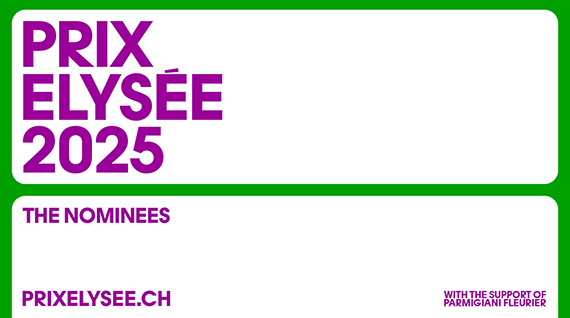
Prix Elysée 2025
International Photography Prize
Hannah Darabi » Roger Eberhard » Rahim Fortune » Camille Gharbi » Samuel Gratacap » Seif Kousmate » Felipe Romero Beltrán » Anastasia Samoylova »
Prize:
Tue 1 Apr
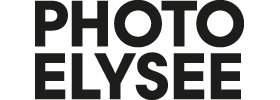
PHOTO ELYSEE
Place de la Gare 17
1003 Lausanne
+41(0)21-3169911
Wed-Mon 10-18, Thu 10-20
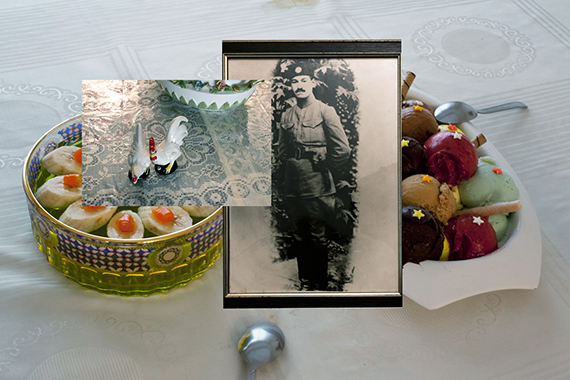
© Hannah Darabi
Prix Elysée
International Photography Prize 2025
More information: prixelysee.ch
Prix Elysée 2025
Nominees’ announcement
All information and nominees: here International Photography Prize - Photo Elysée
Photo Elysée and Parmigiani Fleurier are thrilled to announce the names of the 8 nominees for the Prix Elysée 2025 :
Hannah Darabi, Roger Eberhard, Rahim Fortune, Camille Gharbi, Samuel Gratacap, Seif Kousmate, Felipe Romero Beltrán and Anastasia Samoylova.
Chosen from over 700 applications worldwide, the artists will each receive CHF 5000 to kickstart their project, with a jury set to select the winner in spring 2025 to succeed to the Prix Elysée 2023 winner, Debi Cornwall.
Learn more about their work at the Nuit des images on Saturday, June 22, 2024 : Nuit des images.

© Roger Eberhard
Hannah Darabi (Iran, 1981)
“Why Don’t You Dance?” explores Iran's dance culture through the lens of three influential figures, highlighting how this artistic expression evolves amid shifting social and political landscapes.
Roger Eberhard (Switzerland, 1984)
The “Meanwhile” project surveys individuals globally to identify historical moments since 1700, documenting compelling stories from the same dates to highlight the synchronicity of human experiences and enhance collective consciousness.
Rahim Fortune (United States, 1994)
“The Cove” series navigates familial and communal loss complexities, acting as a tribute while critiquing progress's potential detriments; employing speculative documentary photography, Rahim Fortune prompts personal reflection, revealing the coexistence of contradictory truths.
Camille Gharbi (France, 1984)
"Intimes Convictions" explores the societal invisibility of sexual violence, specifically emphasizing chemical submission, utilizing documentary and conceptual mediums to reveal underlying power structures and challenge societal perceptions, advocating for a shift in perspective towards rape culture.
Samuel Gratacap (France, 1982)
“Welcome Europa” captures the struggles and solidarity of individuals crossing into the European Union, extending Samuel Gratacap’s documentary work from the Mediterranean to the western Balkans.
Seif Kousmate (Morocco, 1988)
In “Men vs Fathers”, Seif Kousmate explores his family history, juxtaposing present emotions with past attempts to connect with his father; employing childhood objects and textures, he aims to reconstruct their relationship, weaving a narrative on masculinity and fatherhood through diverse media.
Felipe Romero Beltrán (Colombia, 1992)
“A Body That Speaks As a Bird” will explore the migration of Colombia's rural population to urban centers (1940-1980). Through his family's intimate experience, Felipe Romero Beltrán will address the prohibitions on animal imitation contained in civility manuals published at the time to facilitate the inclusion of these new arrivals.
Anastasia Samoylova (United States, 1984)
With Transformations, Anastasia Samoylova addresses climate change globally, exploring adaptation through altered landscapes, green industries, resilient architecture, and innovative individuals. Inspired by “climatopias,” it envisions inclusive urban futures, fostering resilience by highlighting incremental progress amid the climate crisis.
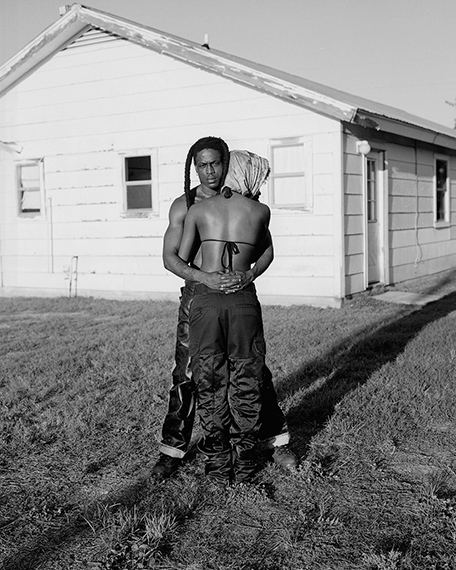
© Rahim Fortune

© Camille Gharbi
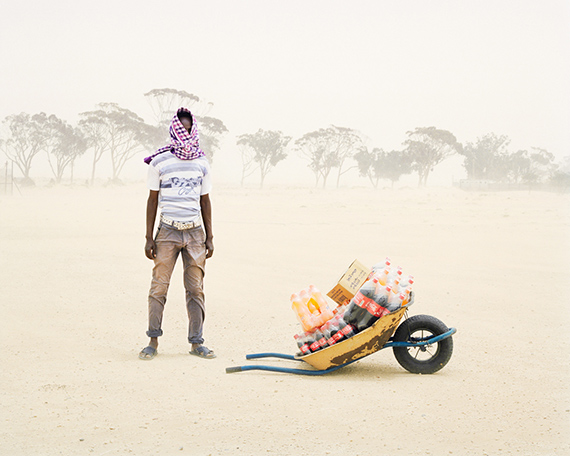
© Samuel Gratacap
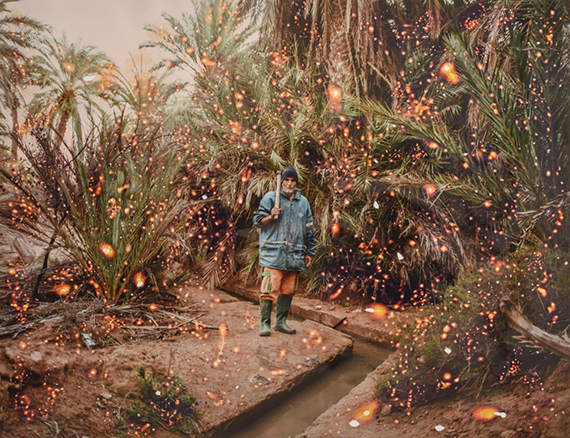
© Seif Kousmate
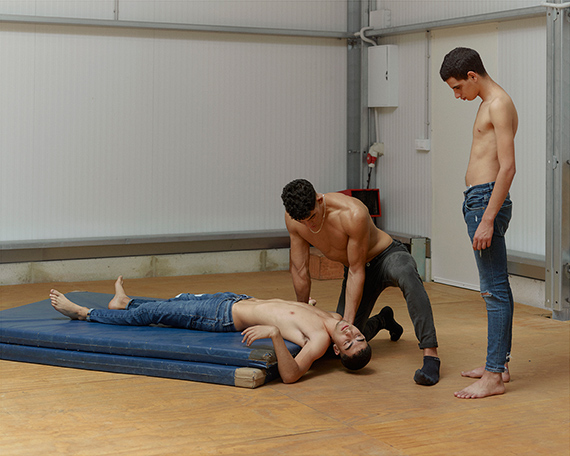
© Felipe Romero Beltrán
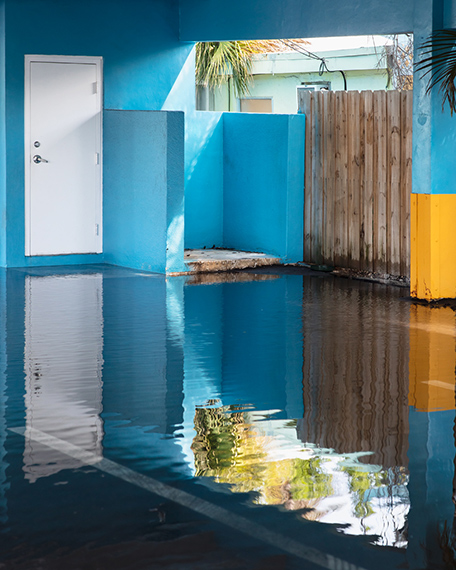
© Anastasia Samoylova